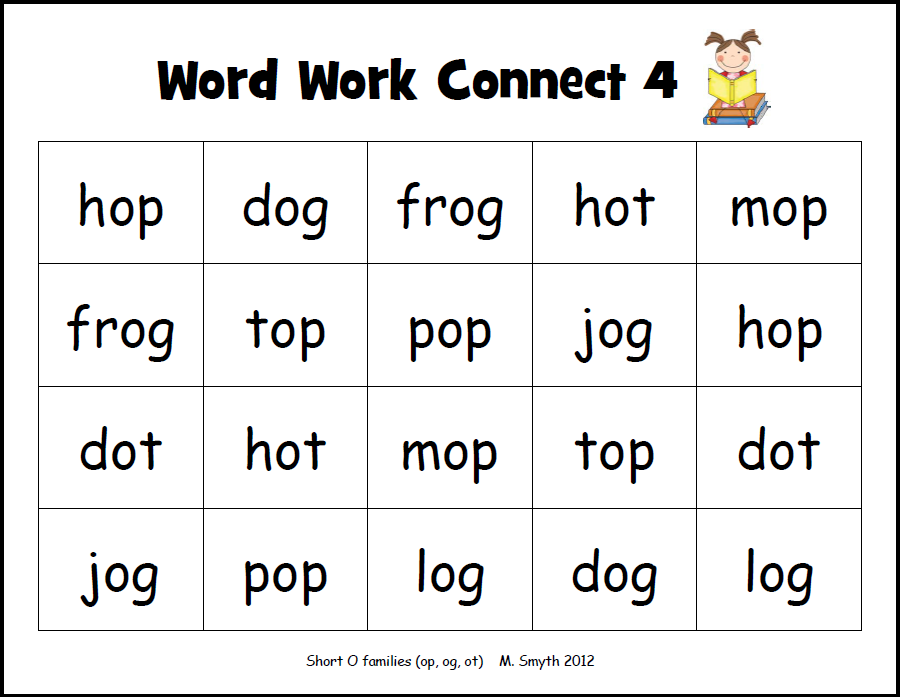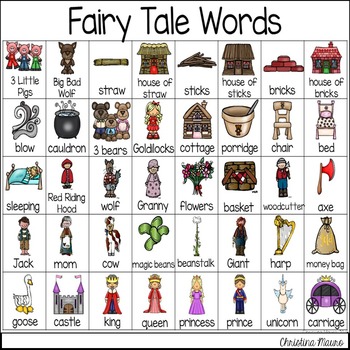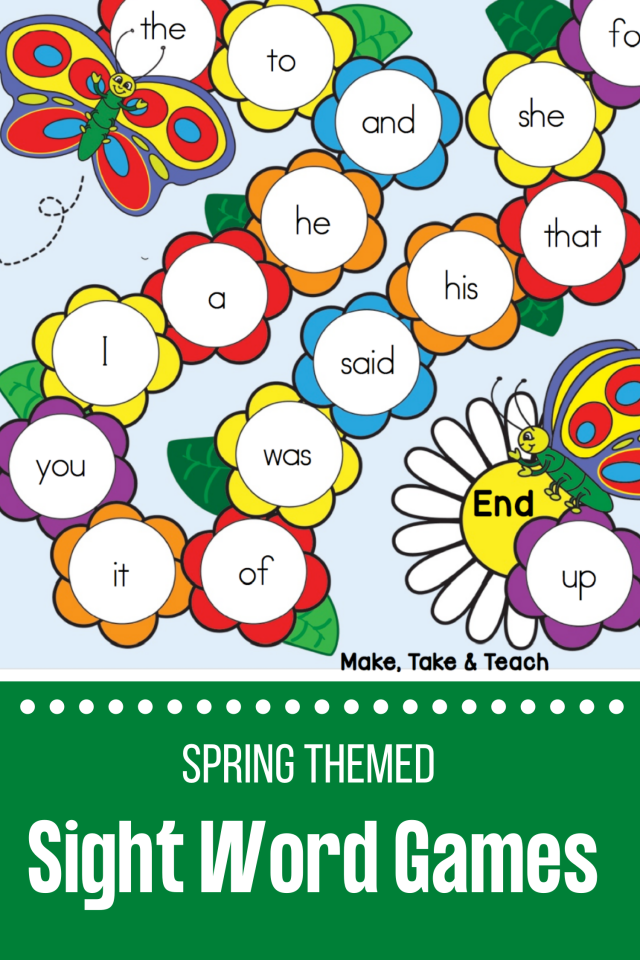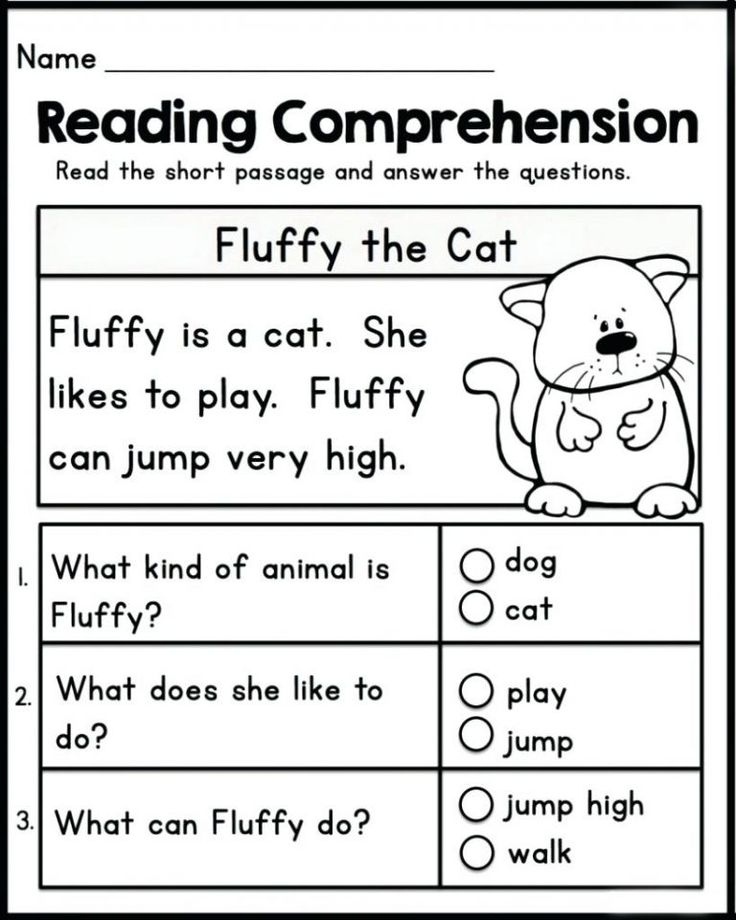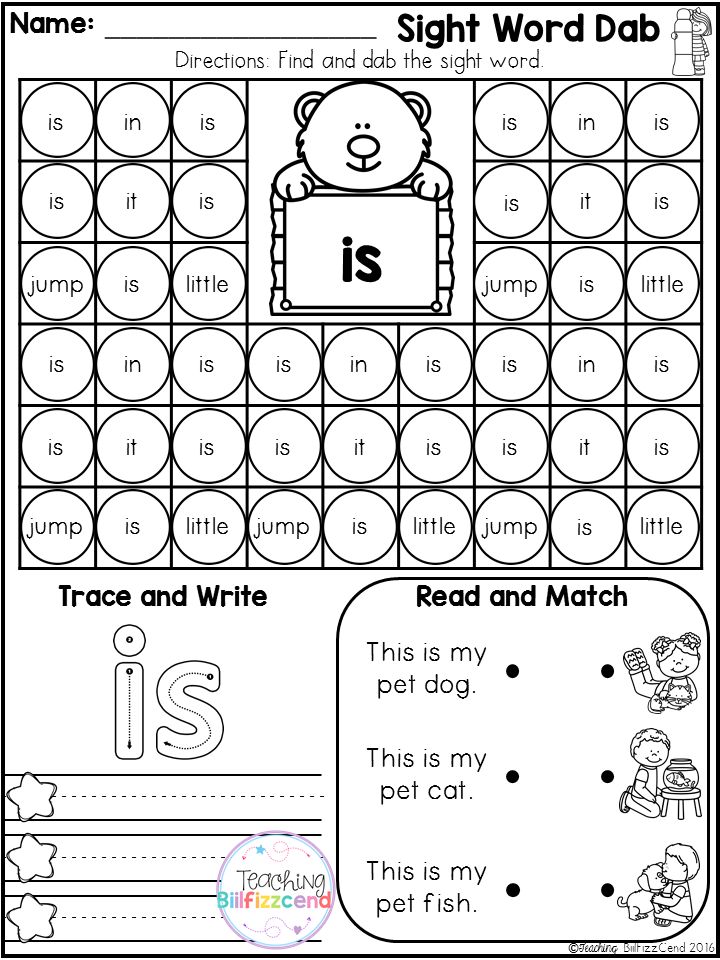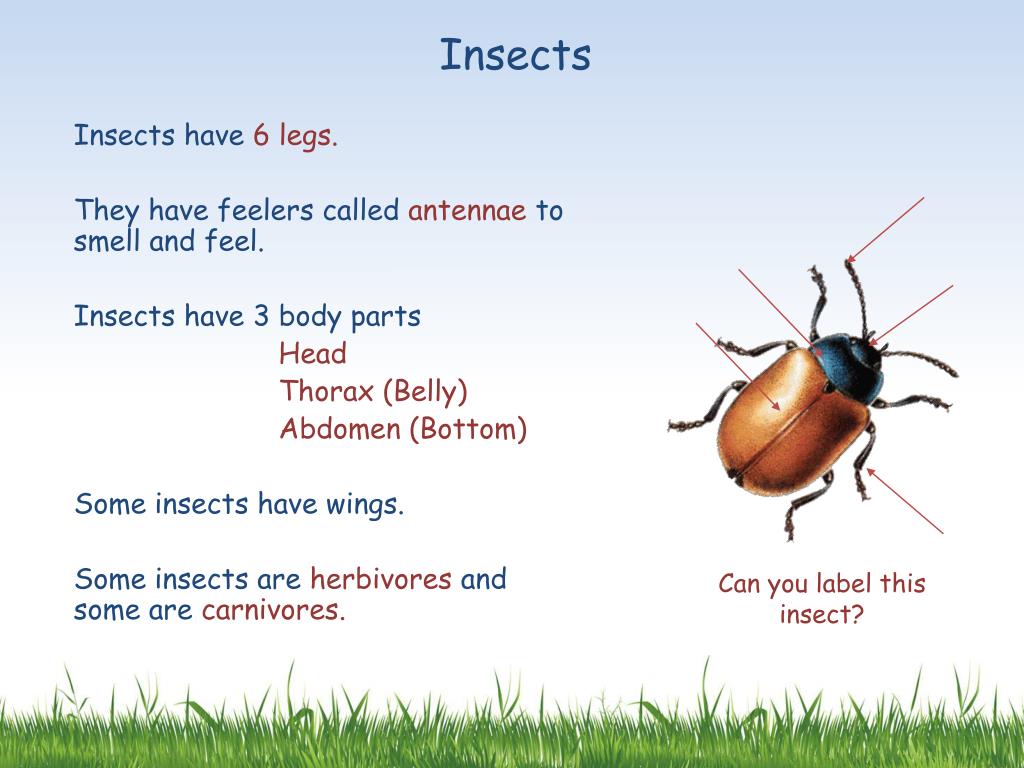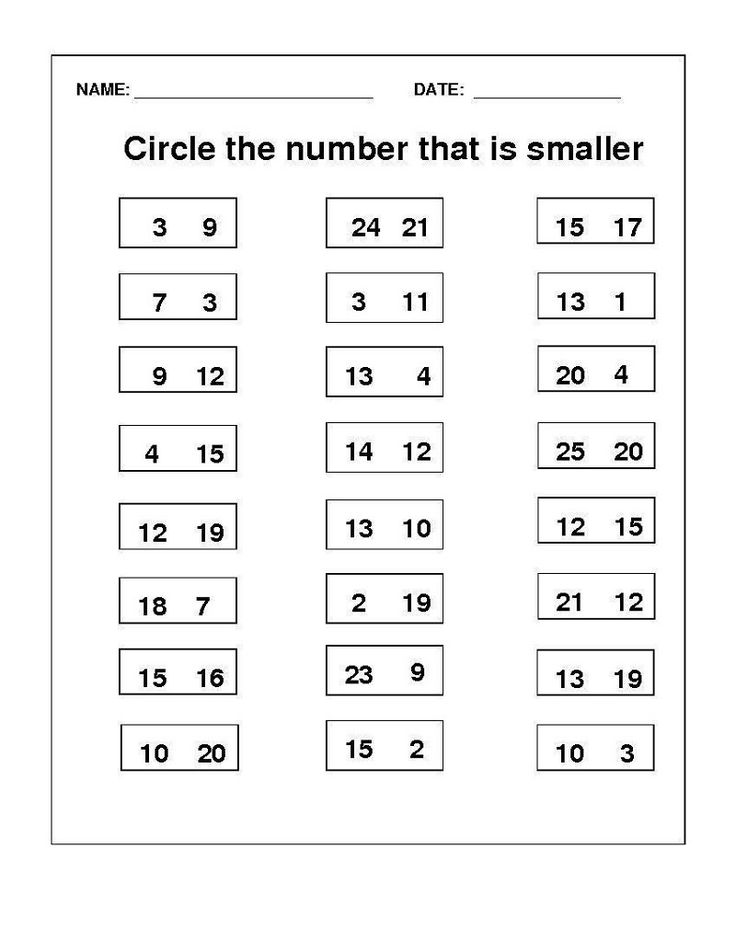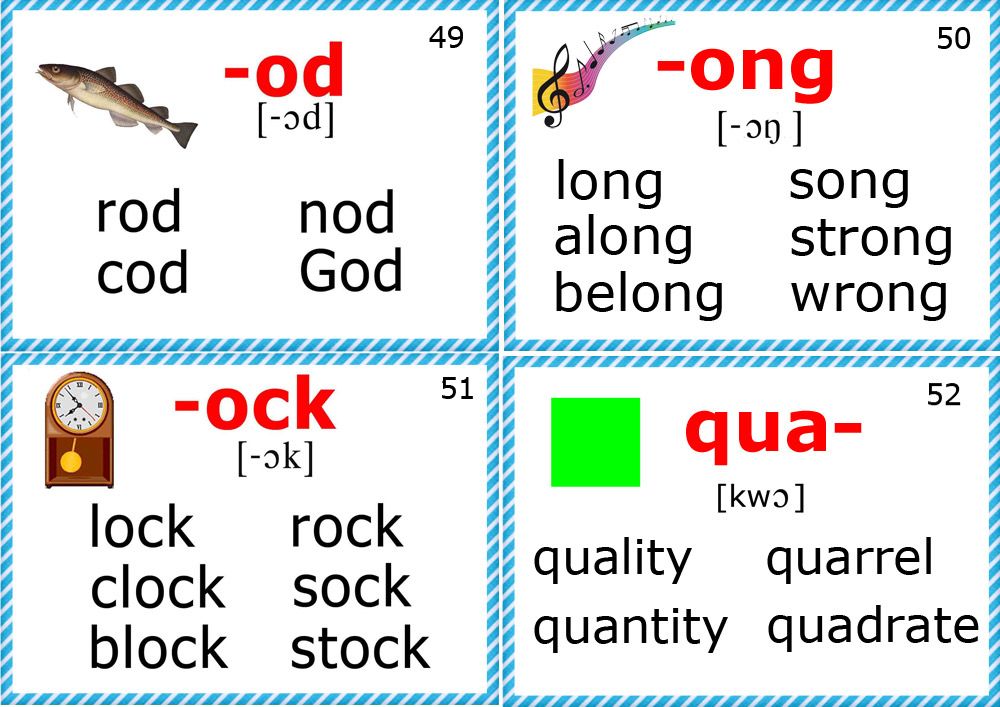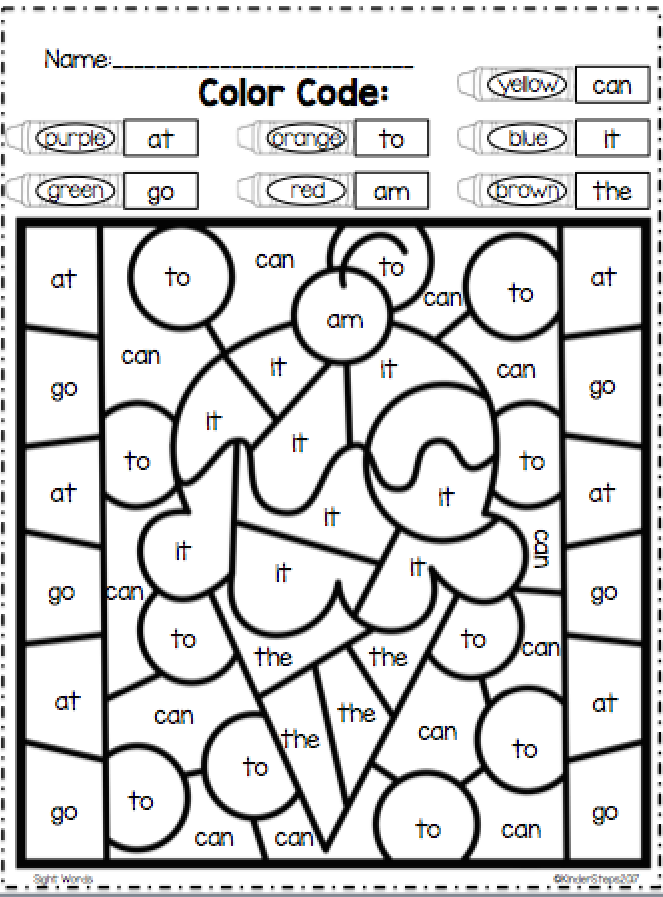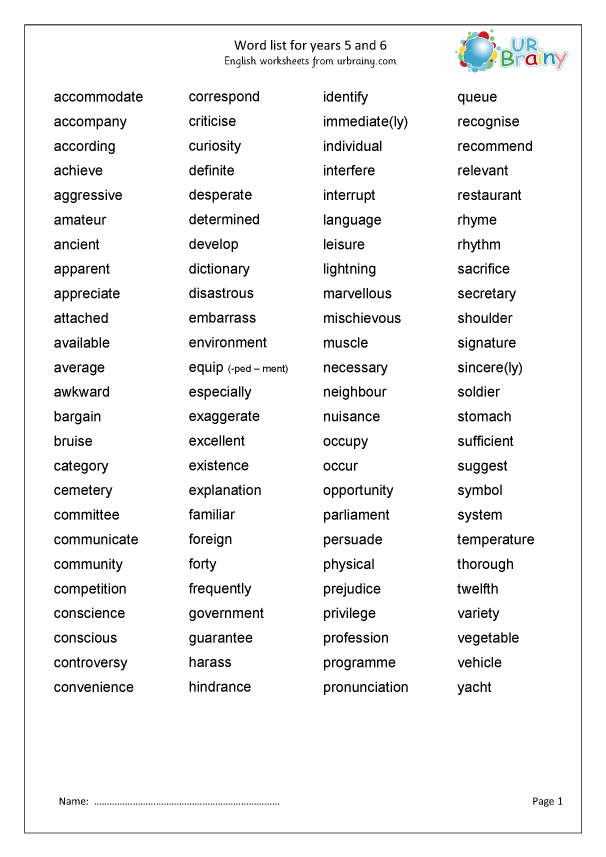Teaching kids phonics
Lazy Mom's Guide to Teaching Phonics without Electronics
You are here: Home / Literacy / Lazy Mom's Guide to Teaching Phonics without Electronics :: Summer Learning
7944 shares
Have I ever mentioned that I can be a bit lazy when it comes to organizing elaborate and crafty learning activities? I think I have. Have I ever mentioned that I'm too cheap to buy "educational" electronics or apps? I think I have. (Also, I think they are annoying.) I present to you: The Lazy Mom's Guide to Teaching Her Child Phonics.
Summer Learning and Reading Readiness
My 4 year old will be entering Kindergarten this fall. (Insert cliché here: "where oh where does the time go?") I'm happy to see that he's showing signs of reading readiness. (
He's not the rockstar reader like his brother was, who was reading chapter books by this age. If I can't brag to the internet, who can I brag to?) I want to make sure his skills continue to develop over the summer both without pushing him and without taxing myself. (I mentioned my laziness, right?)
(This post contains affiliate links that may earn commission.)
Easy Ideas for Teaching Phonics:
Fortunately, you can develop your kid's phonetic understanding without Leapfrog or an iPhone! Here are a few of the ways I am doing it:
Play a simple word choice game. With our magnetic word set* I put two words next to each other and asked him to point to the one I named. For example, "Which word is 'monkey'?" (see above photo) He only needs to know the sound of the first letter to do this, but it gets him ready to read whole words. (*Pictured above is the Magnetic Poetry Kit - Really Big Words, which both boys love playing with.)
Use an alphabet puzzle to practice and introduce phonic sounds. See how I did this with my son here.
When you read books "mess" up words. For example, your reading conversation may go like this:
Mommy (reading a book): .
.. and the farmer drove the duck...
Kid (giggling): No! Mommy! Truck! Not duck!
Mommy (putting finger on the letter T): Oh, yes. You are right that is a "t" not a "d". How could I be sooooo silly? "T" is "tttttt" sound, not a "ddddd" sound!
Add a lot of simple rhyming games to your everyday life. Rhymes are one of the very best ways to build the skills necessary for reading.
Recite tongue twisters. Tongue twisters are also excellent distraction tools when your kids are going insane getting antsy in public. I can't tell you how fun they are. Plus the look on the kids face when you suddenly bust out with a tongue twister is fantastic. Alliteration, which is the foundation of tongue twisters, is great for phonics understanding.
Let you child play with Scrabble tiles or a Boggle game. They can sort letters while you make the sound. Or just drink your coffee chai while they stack them up.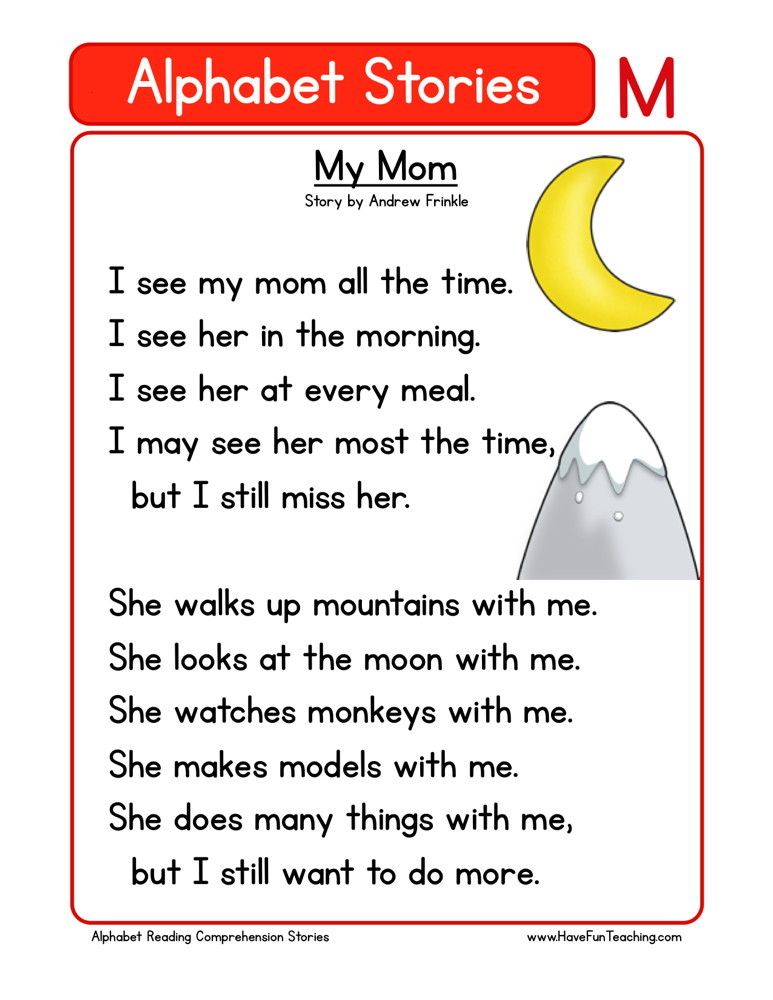 That works, too.
That works, too.
Try a frozen word hunt in the bath. This does take a bit of planning but is still very easy.
And of course... read, read, read. Pick one of these fantastic summer picture books.
MORE: Get loads more summer literacy ideas right here!
7944 shares
Reader Interactions
How to Teach Phonics to Your Child
The answers to our kids' questions about letters, sounds, and words aren’t always as simple as they first appear. How do you explain that the O can be /o/ as in oval or /o/ as in otter, that nanna does not end with the letter R, or why you just can’t sound out the word "was"?
Taking a closer look at what’s involved with phonics, and the role it plays in learning to read can be a helpful place to start.
Why Phonics Is Trickier Than It Sounds
Phonics is the process of teaching children to correlate an individual sound with its corresponding letter or letter group.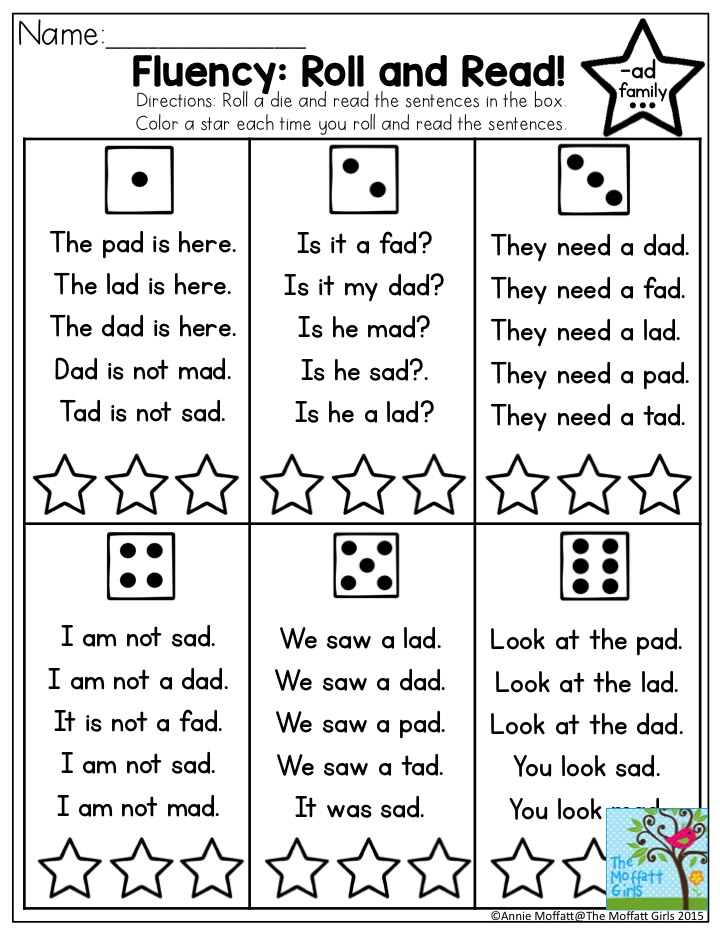 The more easily they can hear, identify, and manipulate sounds, the easier it will be for them to decode new words when they are ready to read.
The more easily they can hear, identify, and manipulate sounds, the easier it will be for them to decode new words when they are ready to read.
Phonics is a fundamental building block of literacy, one that parents can help to develop. But many parents misunderstand phonics to be a program that can teach reading skills “fast” through fun sing-alongs, alphabet worksheets, and flashcards. In fact, it generally takes years to master — while there are 26 letters in our alphabet, there are 44 unique sounds, and most children will spend the better part of kindergarten, first, and second grade learning how those sounds relate to each other to form words.
Raise a reader by getting the best book recommendations, reading tips, and discounts delivered straight to your inbox.
PLEASE ENTER A VALID EMAIL ADDRESS.
PLEASE SELECT A NEWSLETTER OPTION.
Preschool View Sample
Elementary School View Sample
Privacy Policy
<div><h3>Thanks for signing up! Look out for a confirmation email from us. </h3><h4>Want to connect now? Find us on social media!</h4><h3><a adhocenable="false" href="https://www.facebook.com/scholasticparents/" target="_blank"><img src="/content/dam/parents/icons/facebook.svg"></a> <a adhocenable="false" href="https://www.instagram.com/scholasticparents/" target="_blank"><img src="/content/dam/parents/icons/instagram.svg"></a> <a adhocenable="false" href="https://twitter.com/scholparents" target="_blank"><img src="/content/dam/parents/icons/twitter.svg"></a> <a adhocenable="false" href="https://www.pinterest.com/scholparents/" target="_blank"><img src="/content/dam/parents/icons/pinterest.svg"></a></h3></div>
</h3><h4>Want to connect now? Find us on social media!</h4><h3><a adhocenable="false" href="https://www.facebook.com/scholasticparents/" target="_blank"><img src="/content/dam/parents/icons/facebook.svg"></a> <a adhocenable="false" href="https://www.instagram.com/scholasticparents/" target="_blank"><img src="/content/dam/parents/icons/instagram.svg"></a> <a adhocenable="false" href="https://twitter.com/scholparents" target="_blank"><img src="/content/dam/parents/icons/twitter.svg"></a> <a adhocenable="false" href="https://www.pinterest.com/scholparents/" target="_blank"><img src="/content/dam/parents/icons/pinterest.svg"></a></h3></div>
Where Parents Get Tripped Up
Any parent who has tried to sound out words with a pre-reader will quickly realize that they have forgotten what hard work it is. Short vowels like “a” and “e” may sound alike to a young ear.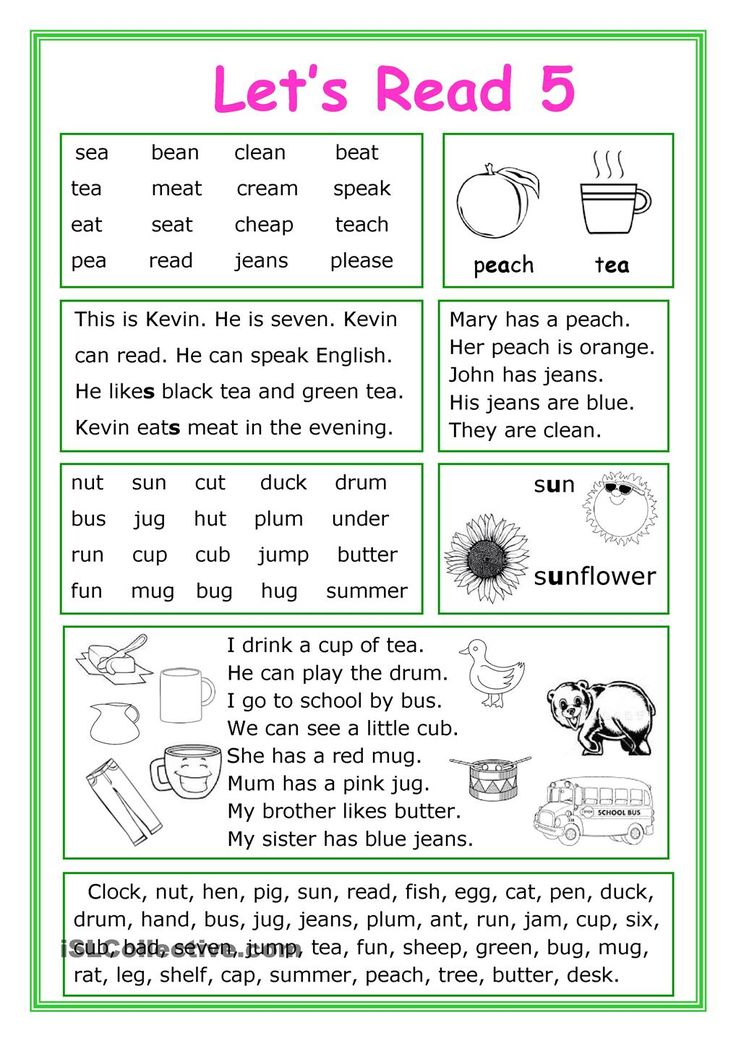 Letter combinations like “sh” and “th” are hard to explain to a child who is only recently comfortable with the alphabet. Kids encounter sight words like “the” and “said” that can’t even be sounded out thanks to their irregular spelling! Ask a 6-year-old to spell “kid” and they are just as likely to say, “c-i-d…” as “k-i-d,” leaving parents at a loss for how to explain.
Letter combinations like “sh” and “th” are hard to explain to a child who is only recently comfortable with the alphabet. Kids encounter sight words like “the” and “said” that can’t even be sounded out thanks to their irregular spelling! Ask a 6-year-old to spell “kid” and they are just as likely to say, “c-i-d…” as “k-i-d,” leaving parents at a loss for how to explain.
So How Can You Help Your Child?
Kids simply need practice — countless opportunities to hear, grasp, and manipulate the sounds of words, so they can eventually “decode” words quickly for fluent reading. For parents, this might sound like lots and lots of repetition — and that’s okay. It may seem like your child is stuck, but think of phonics like learning a secret code — once your child breaks the code, she'll move forward through that unlocked door without looking back.
One of the most beneficial things parents can do is help their child learn to hear the individual sounds within words. Ideally, he'll receive a comprehensive reading program at school, which includes “spelling rules” and learning sight words.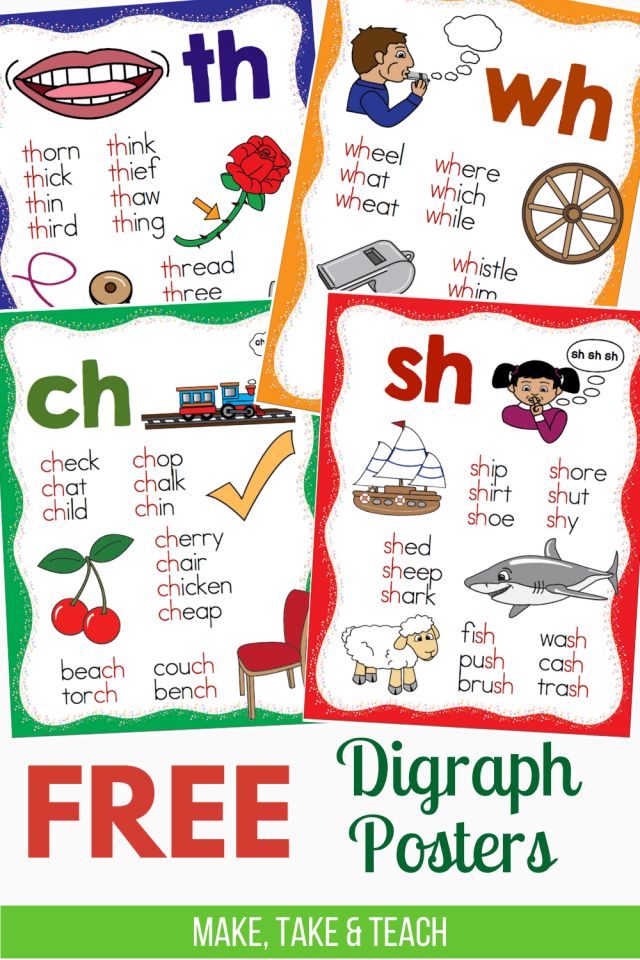 These nine simple phonics-based activities are an ideal way for parents to support literacy development at home.
These nine simple phonics-based activities are an ideal way for parents to support literacy development at home.
Focus on the First Letter
1. Talk about the name of a letter and the sounds it makes: Try explaining to pre- and early readers that just like children letters have names, and that also just like children, letters can often say or make different sounds.
For example, you might say, “I can see a letter from your name. Can you see the letter A (say A as in apricot)? In this word it’s making an /a/ sound, a-pple. The letter’s name is A and it’s making an /a/ sound.”
2. Brainstorm words that begin with the same sound: Help your child to think of other words that begin with the /a/ sound. For example, “I can think of another word that starts with that /a/ sound — ant! Can you think of an /a/ word? /a/ /a/ (pause for your child to respond).” If they cannot think of an answer or are not interested, you might like to offer another suggestion or simply leave brainstorming for another time.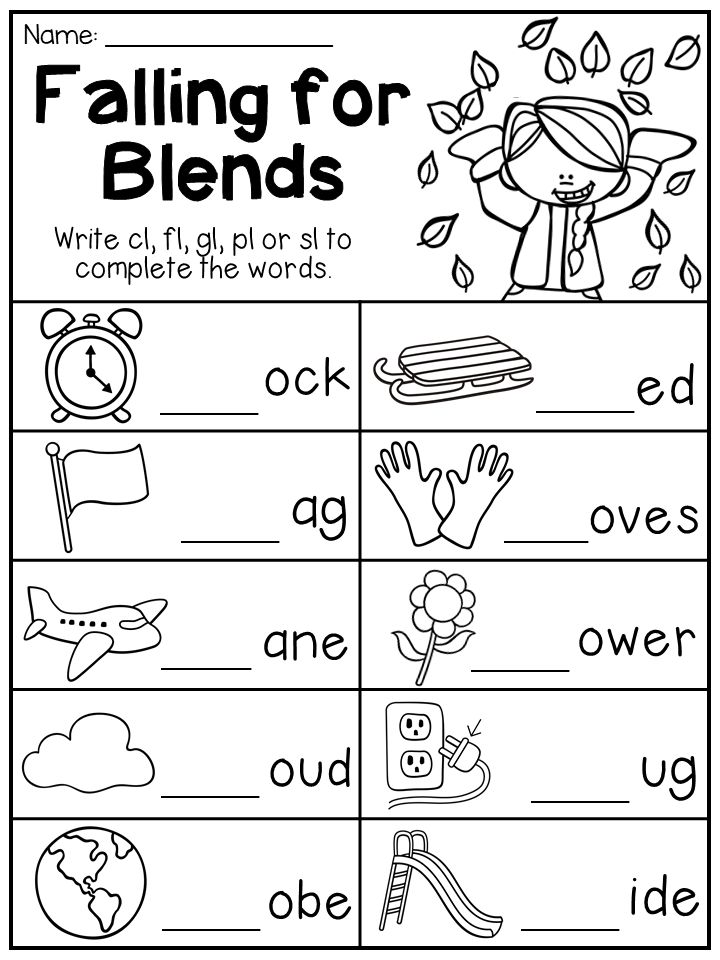
3. Have fun with silly sentences that begin with the same sound: If you and your child have brainstormed a verbal list of words you might like to try putting them together into a silly sentence, for example, “The angry ant attacked the apple with an ax!”
4. Play the classic game, I Spy: “I spy with my little eye something beginning with /b/.”
“Ball does begin with b but it’s not what I spy.”
“Bacon? You’re right, bacon begins with b. I spy bacon!”
(The I SPY Books are another way to practice simple words and their sounds, as well as build memory and observation skills.)
Get Them Rhyming
5. Read rhyming books together: There are many fabulous picture books that share their stories in simple rhyme. Once a story is familiar to your child try pausing before the rhyming word, waiting to see if your child offers the correct response.
(You can't go wrong utilizing the classic Chicka Chicka Boom Boom or Brown Bear, Brown Bear, What Do You See?. )
)
6. Play simple rhyming games: Rhyming games such as this First Learning Puzzles: Rhyming help your children to notice sounds within words and to learn that the same sound may be heard in many different words.
7. Play rhyming tennis: This one is great for kindergarteners who are familiar with rhyming. Choose a rhyming sound, say ‘-at’ as in ‘cat,’ and take turns back and forth each saying a new word that rhymes with the initial word. For example, player one says ‘cat,’ and player two ‘hat’, player one then says ‘rat,’ and player two, ‘mat.’ The round comes to an end when one player cannot think of a new rhyming word.
Progress to Hearing a Short Sequence of Sounds
8. Encourage your child to hear a sequence of sounds: This might sound scarier than it actually is! Look for everyday opportunities to break a short word (start with words with just two or three sounds, for example, hat, dog, car) into its individual sounds for your child to zip back together or blend orally.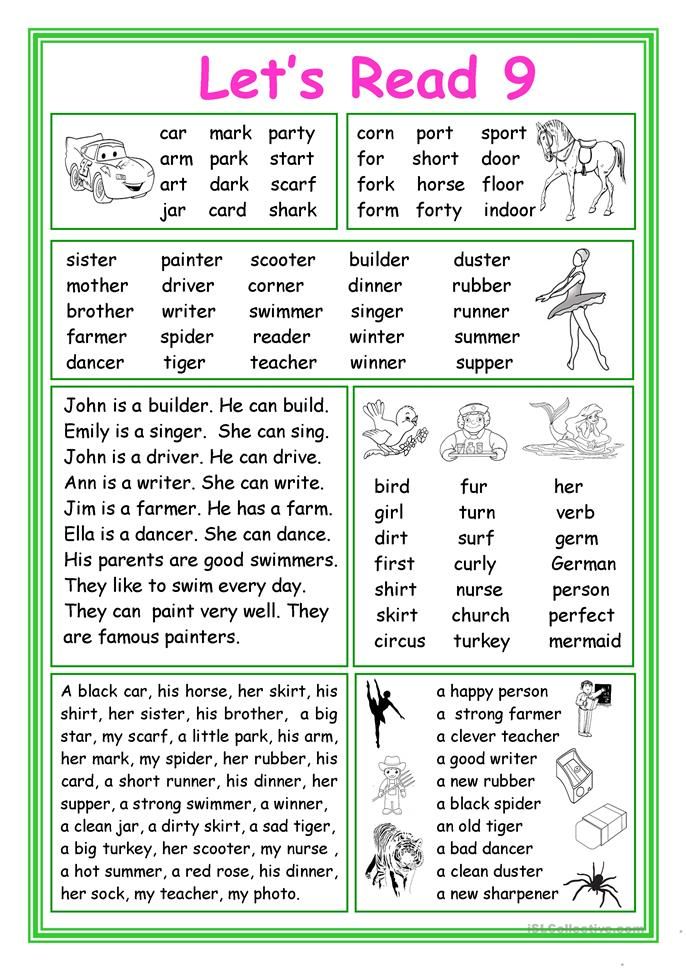 For example, as you are getting ready to go out to play you might say, “I need to put on my h-a-t. Do you have a h-a-t? What do we need to put on?” The answer, obviously, being ‘hat.’
For example, as you are getting ready to go out to play you might say, “I need to put on my h-a-t. Do you have a h-a-t? What do we need to put on?” The answer, obviously, being ‘hat.’
9. Practice with a Phonics book set. Peppa Pig Phonics, for example, provides parents ample opportunities to sound out short words (and point out the differences between short and long vowels), while your child is sure to delight in the colorful illiustrations and silly antics of Peppa and her friends.
Shop the best phonics sets below! You can find all books and activities at The Scholastic Store.
Teaching phonetics at the initial and secondary stages of education
Teaching phonetics at the initial and secondary stages of education
Phonetics is a branch of linguistics that studies the sounds of speech and sound structure of the language. You can learn to master the sound side of the language in any age, so it is necessary to pay attention to it already at the initial stage secondary school. Primary school age, according to numerous teachers and psychologists is a very important step. Children of this age have high perceptiveness, which makes it easier for them to assimilate the material, also many of them have an interest in new, including a foreign language, here The main thing is to be able to maintain and increase motivation. GEF standards carry communicative orientation, individual approach, which gives great opportunities for instilling the interest and desire of the child to learn a foreign language. Many students are so passionate about the subject that they continue to study and to improve a foreign language all my life, making it not only a hobby, but also area of professional interest. Child's success in learning a foreign language language at the initial stage of education, in particular in the development of phonetics, in many respects depends on the professionalism of the teacher, his ability to independently correctly play sounds. However, I have a number of questions:
Primary school age, according to numerous teachers and psychologists is a very important step. Children of this age have high perceptiveness, which makes it easier for them to assimilate the material, also many of them have an interest in new, including a foreign language, here The main thing is to be able to maintain and increase motivation. GEF standards carry communicative orientation, individual approach, which gives great opportunities for instilling the interest and desire of the child to learn a foreign language. Many students are so passionate about the subject that they continue to study and to improve a foreign language all my life, making it not only a hobby, but also area of professional interest. Child's success in learning a foreign language language at the initial stage of education, in particular in the development of phonetics, in many respects depends on the professionalism of the teacher, his ability to independently correctly play sounds. However, I have a number of questions:
1) What is the essence of teaching phonetics?
2) How to determine the most favorable conditions for language learning start, and suitable methods?
3) How to identify barriers that may arise when learning phonetics?
Having answered these questions, I am going to identify suitable means to eliminate difficulties and fill gaps in knowledge of phonetics at students.
The main goal of teaching phonetics in elementary and secondary schools is the formation of phonetic or auditory-pronunciation skills.
Hearing-pronunciation skills are divided into:
- auditory, which involve the formation of actions and operations to recognize individual phonemes, words, semantic syntagmas, sentences;
- pronunciation skills - involve the ability to correctly articulate sounds and combine them into words, phrases, sentences. This requires the ability to place stress, use pauses and intonation;
- rhythmic intonation skills are knowledge of logical and expressive patterns of stress and intotones. It is this group of skills, and more precisely, their absence betrays us as foreigners. Practice shows that it is easier learn how to pronounce sounds correctly, than how to intonate correctly. So Thus, one of the most important prerequisites for communication is the development auditory-pronunciation skills, or the ability to perceive and correctly associate an audible sound or intooneme with its corresponding meaning, and produce sounds and intotones corresponding to certain meanings.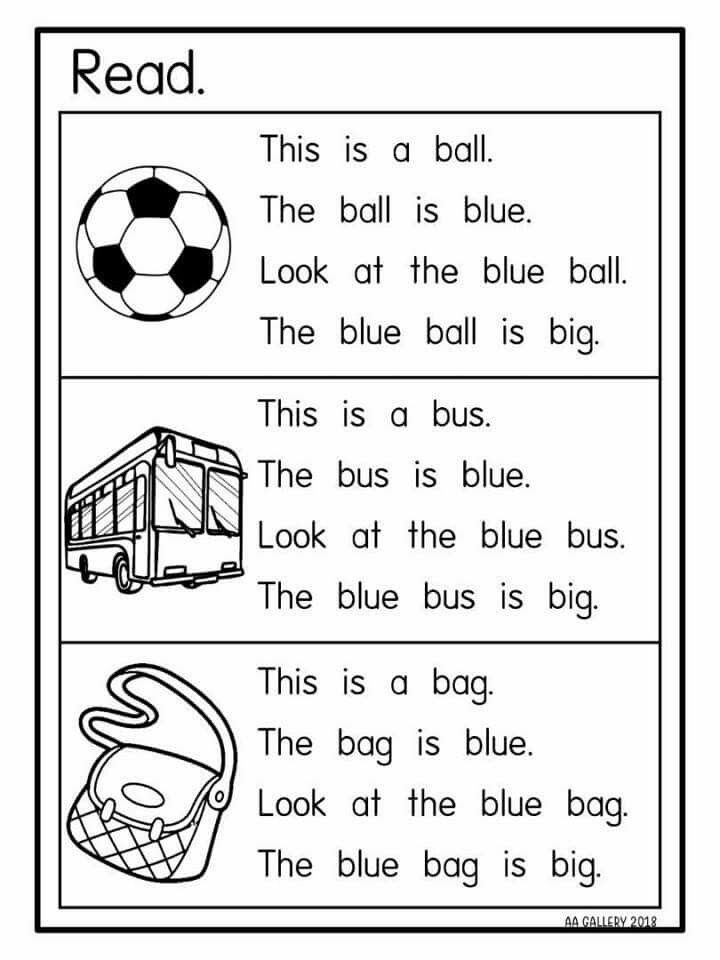
Violation phonetic correctness of speech, incorrect sound and intonation its design by the speaker leads to misunderstandings and misunderstandings on the part of listener. The most common causes of phonetic errors are: reasons:
- replacement of one phoneme by another: table - cable;
- as a result of incorrect syllable division: a name - an aim;
- as a result of incorrect stress: ‘import - im’port;
- as a result of using a different tone instead of the required one: peremptory Sit down (high fall) instead of the polite Sit down (low rise).
Teaching phonetics in general is an auxiliary character and is subject to the development of speech skills. The question arises as to whether whether to concentrate work on pronunciation at the initial stage or to conduct it in throughout the entire period of study.
Initially, as I have already emphasized, they are laid basics of speaking, listening and reading. Working on pronunciation is an indispensable element in teaching a foreign language and is an intensive character. The development of listening and pronunciation skills should occur along with learning of language material. The sequence of introduction of sounds reflects functional approach: the first to master those sounds that are needed for pronunciation of the first structures, as well as the most frequent sounds, which allows quickly include structures and vocabulary in speaking and listening.
The development of listening and pronunciation skills should occur along with learning of language material. The sequence of introduction of sounds reflects functional approach: the first to master those sounds that are needed for pronunciation of the first structures, as well as the most frequent sounds, which allows quickly include structures and vocabulary in speaking and listening.
Average task stage - to prevent deautomatization of auditory-pronunciation skills, to maintain the achieved level their formation. To do this, when working on language material, you need to focus students' attention on the phonetic side of speech. Phonetics separate stages of the lesson are assigned, at which phonetic training or phonetic exercises are carried out. It does not have a fixed place in the lesson, it depends on sequence of performing those tasks where students may encounter phonetic difficulties that the teacher must anticipate and help students to avoid.
Phonetic skill - the ability to pronounce sounds correctly, to put stress where necessary; pronounce everything intonation correctly, etc.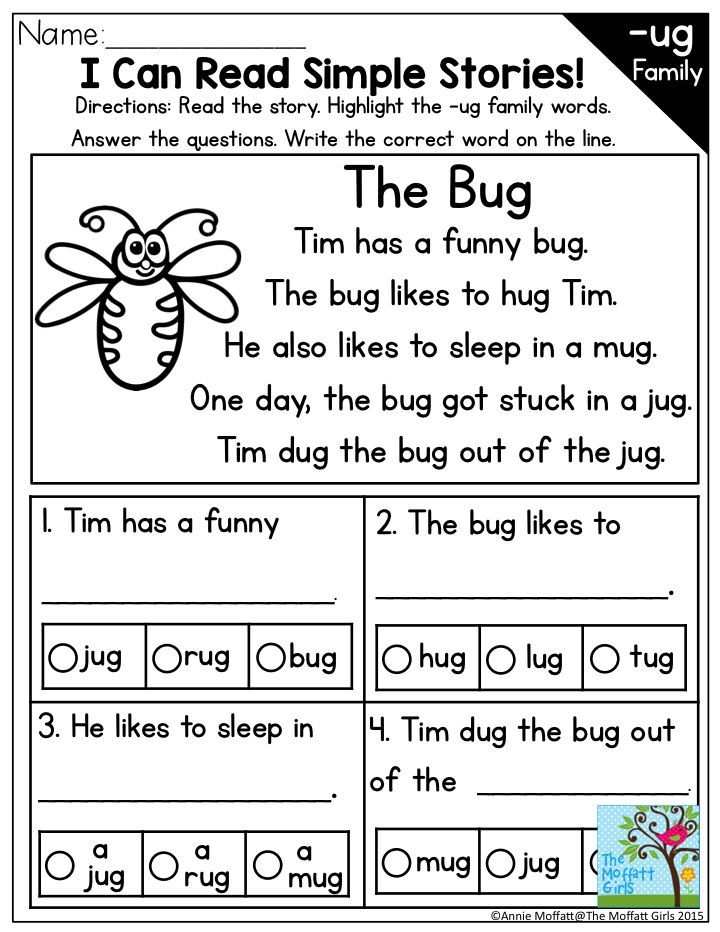
Two methods are known the main approaches in teaching this aspect of the language. Modern methods training is based on a combination of these two methods. Let's take a closer look at them in detail.
Articulatory an approach.
According to this method there are three main groups of phonemes:
-- Coinciding in both languages
-- Mismatched
-- Partially matched
Most difficult to assimilation are the last two groups, with overlapping are the most difficult to grasp. Mastering their articulation is enough difficult task due to the fact that hearing the difference in their pronunciation for The untrained ear is a challenge. This applies to consonants and vowel sounds.
As for "thorns", then one of the most popular British phonetic courses and called "shiporsheep", which translates to "ship or sheep."
In addition to longitude and brevity, when working with English sounds, you need to pay attention to diphthongs. It is very difficult at the initial stages of learning English to hear difference between a vowel and a diphthong derived from it.
It is very difficult at the initial stages of learning English to hear difference between a vowel and a diphthong derived from it.
Thus, the main the provisions of the articular method in teaching English are reduced to following:
-- Requires input phonetic course for the correct setting of sounds.
-- Every sound needs to be carefully worked out separately.
-- To be studied the work of the organs of articulation to ensure the purity of the pronunciation of each sound.
-- Shaping pronunciation and auditory skills must be done separately.
Acoustic approach
In this case, the accent is put not on the assimilation of articulation, but on the perception of speech by ear, its imitation. Assimilation of speech takes place in the speech flow, based on repetition and imitation speech structures. This method is very good and justified in conditions of need. quickly learn a foreign language, immerse yourself in the conversational environment and survive in the country the language being studied.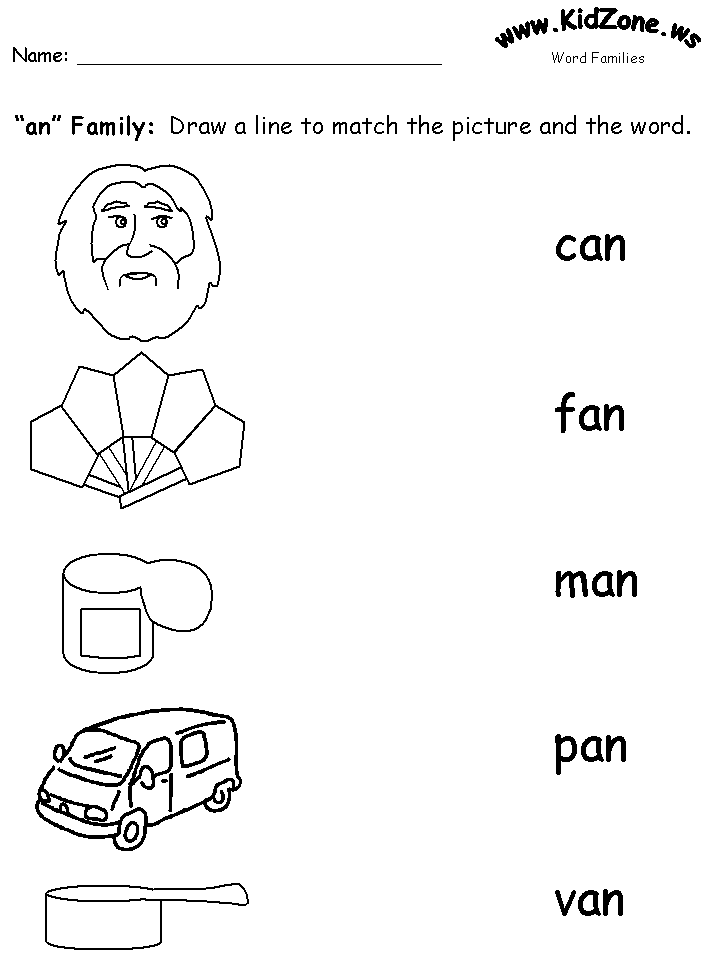
This approach is pure form is not particularly good for a comprehensive school, since not all children have naturally good phonetic hearing. It is quite simple to explain or show in order to correct a mistake in those children who made it because of undeveloped speech hearing. Therefore, the most effective today in teaching English in schools is an approach based on a combination the approaches discussed above, or a differentiated approach.
Differentiated approach
In this approach, as in acoustic approach, much attention is paid to listening to authentic speech. This is supplemented by an explanation of the ways of articulating sounds, however, unlike articulatory approach, this happens without the use of terms, more in an accessible and understandable way. Since this method is typical for most schools and other educational institutions, consider the features the formation of phonetic skills at various stages of learning on his example.
Initial learning is necessary to build the foundation of good pronunciation, which involves correct intonation, observance of pauses, knowledge of the features word stress in a sentence and correct articulation.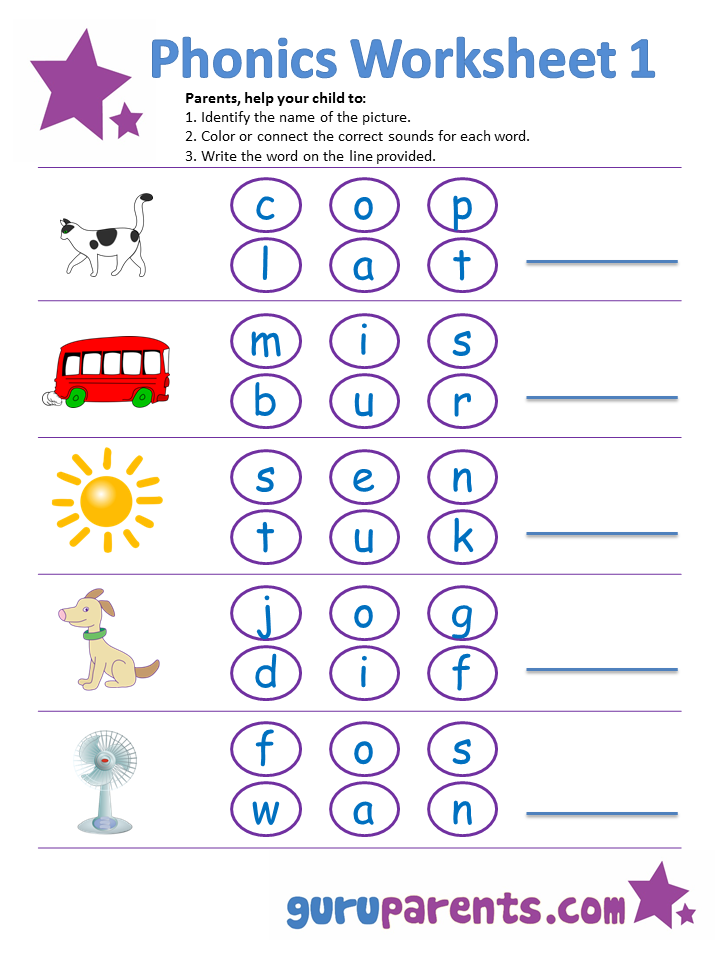 It is necessary for normal the functioning of students' oral speech. Mistakes in pronunciation interfere the implementation of the main goal of the language - communication, i.e. mutual understanding.
It is necessary for normal the functioning of students' oral speech. Mistakes in pronunciation interfere the implementation of the main goal of the language - communication, i.e. mutual understanding.
For mastery the phonetic basis of a foreign language, it is necessary, first of all, to learn articulation pattern characteristic of native speakers of this language, that is, the position organs of speech at the time of the absence of articulatory movements.
teacher with help special exercises should ensure that the articulation pattern foreign language eventually became familiar to students, and they could even not to notice the moment of restructuring from one articulation mode to another.
Practice in speech communication reflects the degree of phonetic skills as integral components of oral speech.
Phonetic control skills are carried out when performing speech exercises in reading, listening, speaking and writing.
Form of control may become phonetic competitions for reading poems, playing short dialogues, tongue twisters and even phonetic exercises.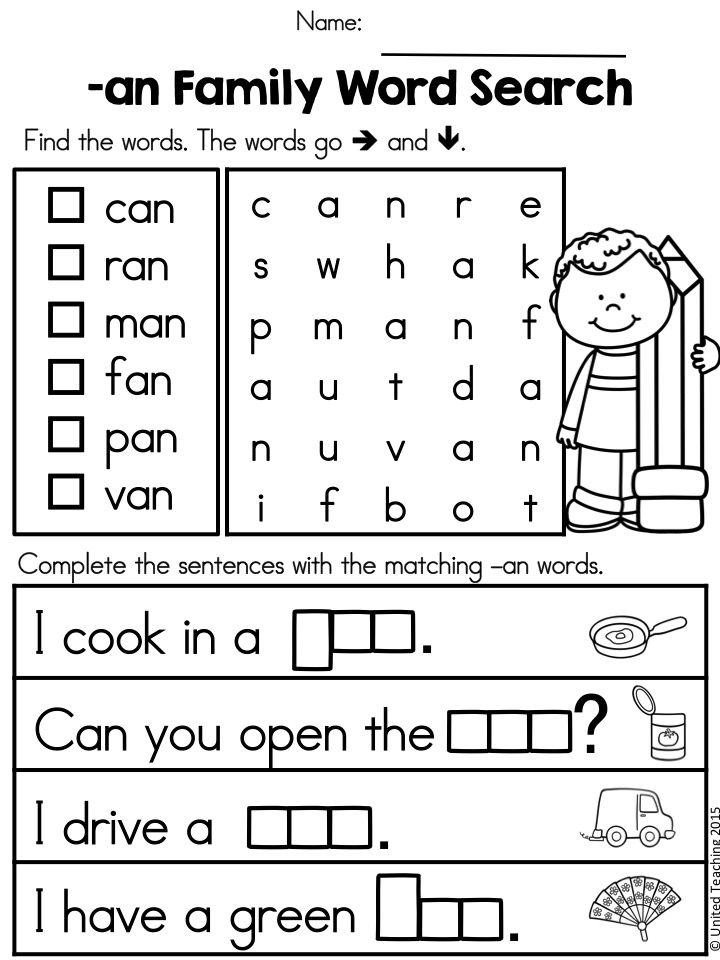
The purpose of phonetic charging:
- anticipation and removal of possible phonetic difficulties: auditory, pronunciation, rhythmic-intonation;
- practicing phonetic skills that were not enough formed.
The content of phonetic charging can be:
- reading words, sentences, microtexts, poems, proverbs, patter.
- reading complex parts of sentences, phrases from the beginning or from end.
- listening for errors.
- dialect recognition.
- definition of attitude towards someone or something by intonation.
- pronouncing the same phrase with different intonation.
- repetition after the announcer in pauses.
- repetition synchronously with the announcer.
- recognition of words by ear.
- recitation of verses, dramatization of dialogues.
At the initial stage, work with phonetics goes on continuously. students constantly listen to the sample speech of the teacher or speaker, repeat the samples, get used to intonation clichés.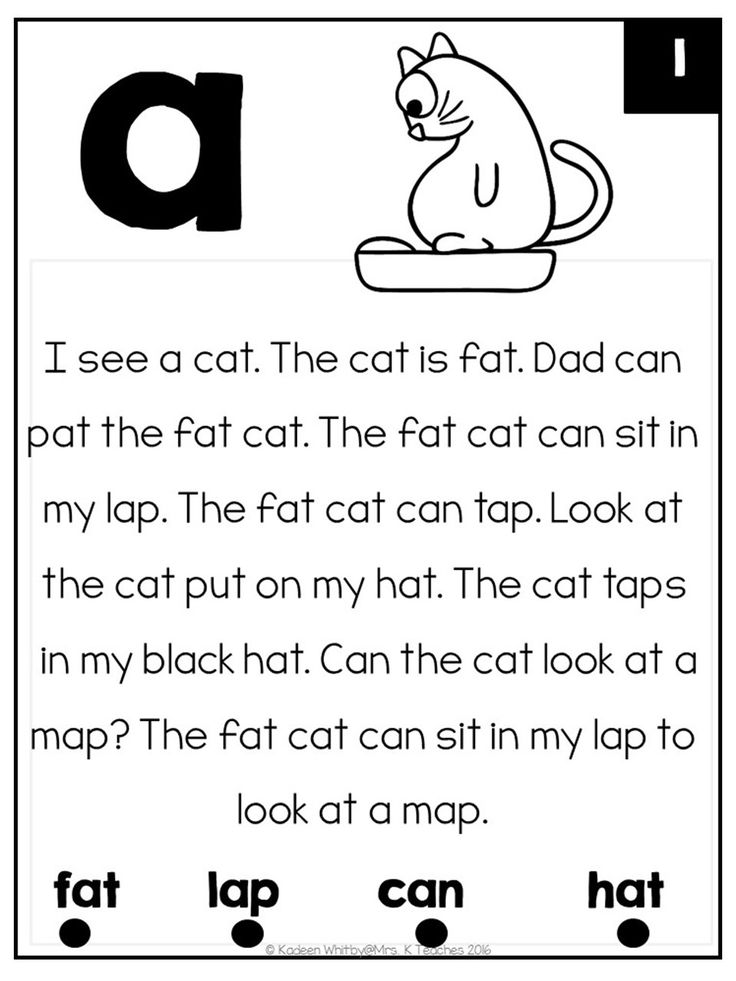 Therefore, on the one hand, teaching phonetics on the initial stage is easier than the middle stage. Because in the middle the volume of reading to oneself increases, small passages should be read regularly texts aloud, and if necessary, work out the most complex and important phonetic phenomena at the pre-textual stage, paying attention to rhythmic intonation patterns.
Therefore, on the one hand, teaching phonetics on the initial stage is easier than the middle stage. Because in the middle the volume of reading to oneself increases, small passages should be read regularly texts aloud, and if necessary, work out the most complex and important phonetic phenomena at the pre-textual stage, paying attention to rhythmic intonation patterns.
Primary school provides basic knowledge, skills and abilities in all school disciplines, including foreign language. Scientists- linguists, methodologists agree that teaching phonetic skills in the initial stage should be given a special role. Knowledge and implementation of goals and tasks of state standards in the subject "English language", programs, which the teacher works, allow you to create an individual trajectory development of the language personality of the child. The teacher has the right to choose approaches to teaching phonetics skills.
When teaching phonetics it is considered appropriate to use technical means. They give students sample for good pronunciation. Students try to imitate this pattern. speech and strive for it.
They give students sample for good pronunciation. Students try to imitate this pattern. speech and strive for it.
Hearing-pronunciation control skills are carried out when performing speech exercises in listening, in reading or speaking. And only in this case it is possible to objectively judge the the degree of practical knowledge of the phonetic side of foreign speech.
Literature
Anufriev A.F., Kostromina S.N. How to overcome difficulties in teaching children // Psychodiagnostic tables. Psychodiagnostic methods. - M.: Publishing house "Os-89", 2000. ¬¬- 272 p.
Watson E.R. Practical phonetics of English language. - M.: MIOO, 2009.- 56 p.
Galskova N.D., Gez N.I. learning theory foreign languages // Linguodidactics and methodology: Textbook for students. Lingu. Un-tov and facts. Foreign language of higher educational institutions. - M.: Publishing Center "Academy", 2004. - 336 p.
Oparina E.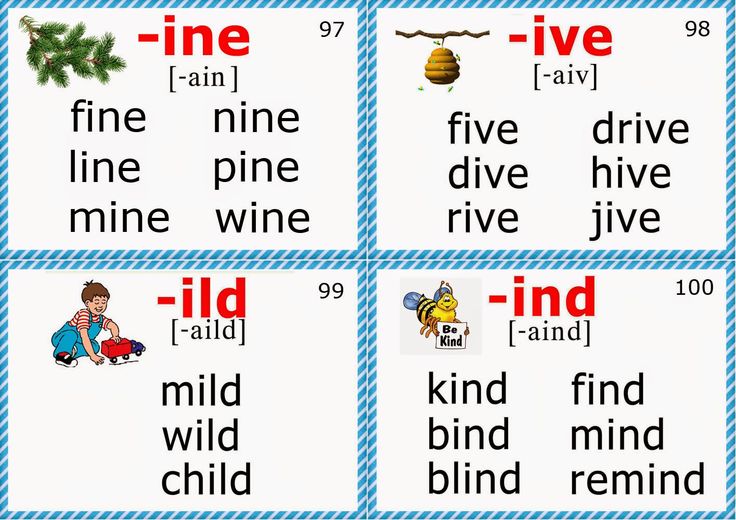 A. Methods of teaching foreign languages in diagrams and tables: Lecture notes / E.A. Oparina; Ryaz.state.ped. un-t im. S.A. Yesenin. – Ryazan, 2005.
A. Methods of teaching foreign languages in diagrams and tables: Lecture notes / E.A. Oparina; Ryaz.state.ped. un-t im. S.A. Yesenin. – Ryazan, 2005.
Solovova E.N. Methods of teaching foreign languages: Basic course of lectures: A guide for students of pedagogical universities and teachers / E.N. Solovova. -M.: Prosveshchenie, 20020003 "Methods of teaching English phonetics language in elementary school»
Phonetics - the sound structure of the language, i.e. the totality of all sound means that make up its material side (sounds, sound combinations, stress, rhythm, melody, intonation, pauses).
Skill - the skill developed by exercises.
Phonetic skill - the ability to pronounce sounds correctly, put stress where it is necessary; pronounce everything intonation correctly, etc.
1.1 The need for the formation of phonetic skills in younger students
at the initial stage of training, it is necessary to lay the foundation for good pronunciation, which presupposes correct intonation, observance of pauses, knowledge features of the stress of words in a sentence, as well as the correct articulation.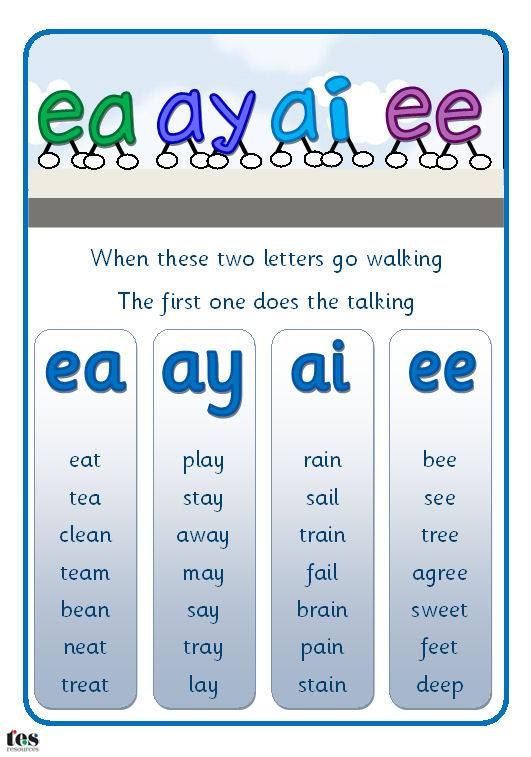 This necessary for the normal functioning of the oral speech of students.
This necessary for the normal functioning of the oral speech of students.
Good the worked out pronunciation side of the statement of students prepares them for the implementation of speaking as a type of speech activity. Knowledge of phonetic skills will allow students to normatively pronounce all the sounds of English; assimilate differential signs of sounds (glasnost and consonance). Phonetic skills help schoolchildren learn rhythm (alternating stressed and non-stressed syllables) English phrase, logical stress of significant words, stress of functional words (auxiliary verbs in negative form). Mistakes in pronunciation interfere implementation of the main goal of the language - communication, i.e. mutual understanding.
Creation hearing and pronunciation base of the language being studied is possible due to the potential the abilities of the human ear and the mobility of the organs of articulation. Wherein should take into account the unequal data of students: some have good hearing and articulatory sensitivity, others have good auditory sensitivity combined with poor articulation.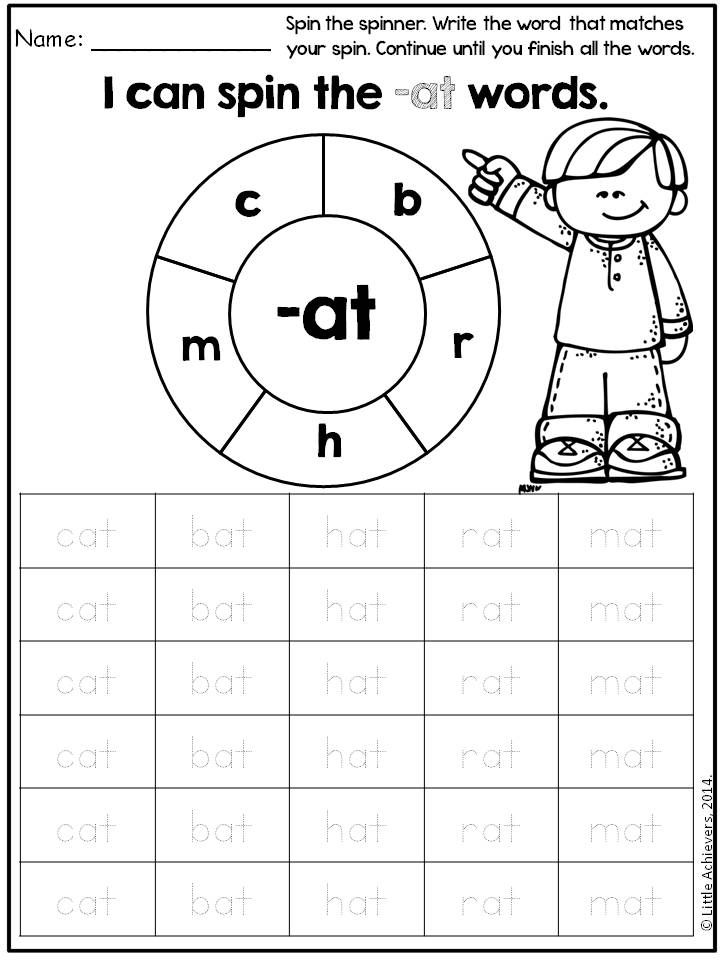
1.2 The content of the work on the formation of phonetic skills in primary school students
B in English the content of the work on the formation of phonetic skills make up sounds, sound combinations, intonation patterns and units of speech: phrases, in in particular, different communicative types of sentences and connected text (linguistic component of the content of teaching pronunciation), as well as specific actions with these units (the psychological component of the content learning) - the formation of pronunciation skills.
Basic pronunciation requirements - phonemicity ( i.e. the degree of correctness phonetic arrangement of speech, sufficient for understanding by her interlocutor) and fluency (i.e. the degree of automation of pronunciation skills, allowing students to speak at a normal pace).
Mastery correct pronunciation is possible only with the assimilation of the phonetic base foreign language at the level of syllable, word stress, intonation.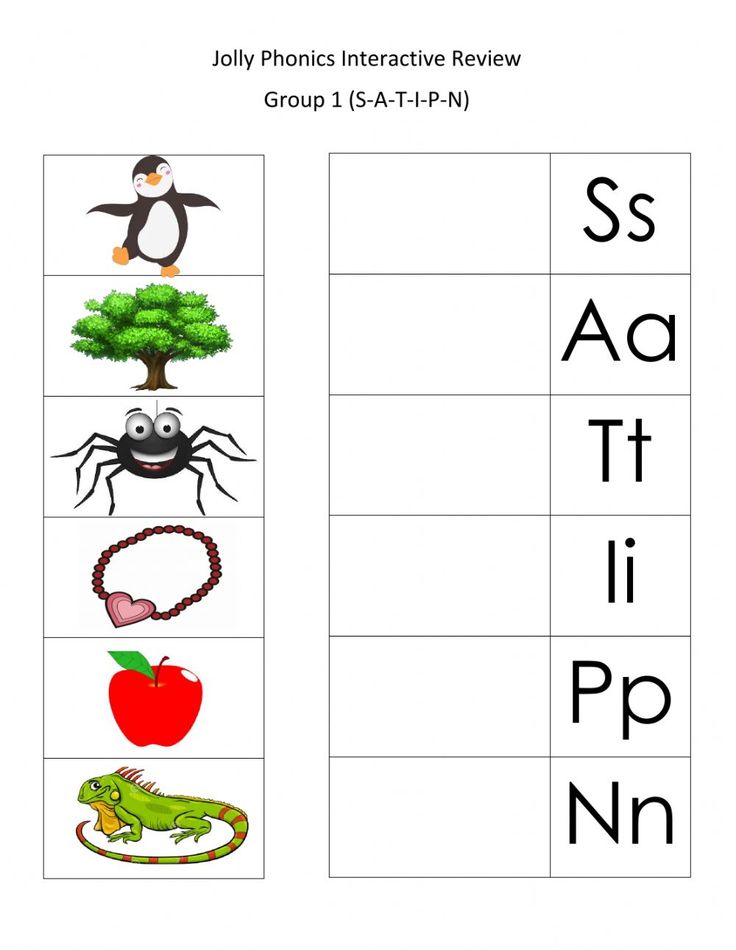 students must learn the specifics of the articulation base of a foreign language, as well as characteristic features of stress and intonation.
students must learn the specifics of the articulation base of a foreign language, as well as characteristic features of stress and intonation.
For mastering the phonetic base of a foreign language, it is necessary, first of all, learn the articulatory pattern characteristic of native speakers of this language, i.e. the habitual position of the organs of speech at the time of the absence of articulatory movements.
Teacher with the help of special exercises should ensure that the articulatory the way of a foreign language eventually became familiar to students, and they could would not even notice the moment of restructuring from one articulation mode to another. When determining the content of the work on pronunciation, it is necessary pay attention to the selection of phonetic material and its organization. Selection and the distribution of phonetic material is carried out on the basis of the system of the studied language; phenomena of the native language of students are considered as if through the prism foreign systems.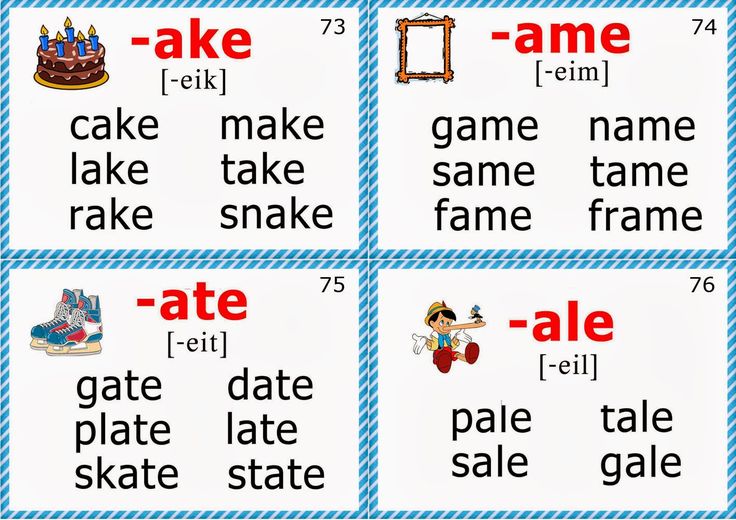 In phonetic courses, the distribution of material is subject to certain system and sequence, all its elements are interconnected and interdependent. The selection of phonetic material and the degree of its development depends from the goals of learning a foreign language and working conditions.
In phonetic courses, the distribution of material is subject to certain system and sequence, all its elements are interconnected and interdependent. The selection of phonetic material and the degree of its development depends from the goals of learning a foreign language and working conditions.
1.3 Methods for the formation of phonetic skills in primary schoolchildren
For There are many ways for students to develop good pronunciation. One such way is special exercises . To them include: reading Russian words, phrases (proverbs, sayings), poems with English style.
Reading Russian words, phrases, poems with an English "accent" are especially effective during the classroom, when the teacher can control such moments, as the absence of protrusion of the lips when pronouncing vowels [o] [y] (visual control), as well as the lack of mitigation of consonants in English (auditory control).
Other games are a way to set the correct pronunciation. Game - special an organized activity that requires tension of emotional and mental strength. About The educational possibilities of games have been known for a long time. Many eminent educators have attention to the effectiveness of the use of games in the learning process. In the game appear mental capacity of the child. He discusses how to solve this or that another task. One of the types of games in teaching a foreign language is phonetic games that contribute to the formation of speech skills. Phonetic games are of two types : those aimed at warning (prevention) of errors, and those aimed at correcting (correcting) errors. The difficulty in working with games is that everything, even the most complex sounds and sound combinations are found from the very first lessons, so the language the material cannot be simplified in any way, that the material worked out in the classroom is not immediately turns into spontaneous speech.
Game - special an organized activity that requires tension of emotional and mental strength. About The educational possibilities of games have been known for a long time. Many eminent educators have attention to the effectiveness of the use of games in the learning process. In the game appear mental capacity of the child. He discusses how to solve this or that another task. One of the types of games in teaching a foreign language is phonetic games that contribute to the formation of speech skills. Phonetic games are of two types : those aimed at warning (prevention) of errors, and those aimed at correcting (correcting) errors. The difficulty in working with games is that everything, even the most complex sounds and sound combinations are found from the very first lessons, so the language the material cannot be simplified in any way, that the material worked out in the classroom is not immediately turns into spontaneous speech.
Ways formation of phonetic skills
B method distinguish between imitation and analytical-imitative methods familiarization with new phonetic material.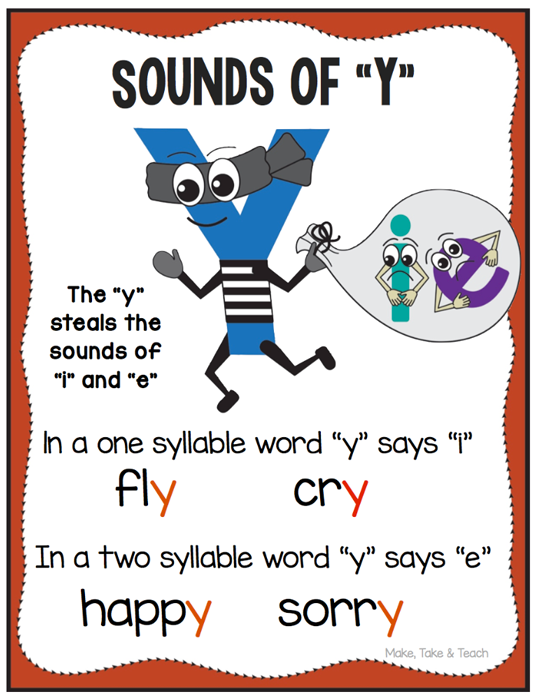
Imitative way - when the emphasis is not on the conscious assimilation of features articulation, but on the auditory perception of speech and its imitation. At Analytic-simulation approach combines different ways of creating new sound images: description and articulation, and imitation. In the course of executing the rules-instructions given by teacher, students master the concept of alveoli, interdental sound, aspiration.
At modern approach adopted in most educational institutions, when explaining and The training uses the analytical-imitative method.
On at the initial stage of training, exercises are used aimed at the formation auditory and pronunciation skills. They are of two types:
1. Exercises for active listening and recognition of sounds and other words, aimed at on the development of phonetic hearing and the establishment of differential signs studied phonemes and intotones. These exercises can be performed by ear and with using a graphic support, with the teacher's voice or with a tape recorder. For example:
For example:
- listen to a series of sounds/words, raise your hand/signal card or clap palms when you hear a sound;
- listen to the sentences, raise your hand when you hear an interrogative (declarative sentence;
- listen to the sentence and note the stressed words/number of syntagmas, etc.
2. Reproduction exercises aimed at active pronunciation (imitation) of sounds, syllables, phrases, sentences following the pattern - teacher or announcer - in chorus and individually. Exercise can wear game character.
J.B. Vereninova offers a technique for using Russian words, sayings, poems for pronouncing them in English. In order to remove monotony in the process training, you can ask students to pronounce words or sentences with different intonation, voice power, tempo of speech.
Very effective pronunciation of phonetically complex lexical units syllable by syllable, starting with the last word. Except what was said from the end the word psychologically ceases to seem complicated, the desired intonation is achieved effect: when pronouncing a word or phrase from the end to the beginning, the correct intonation.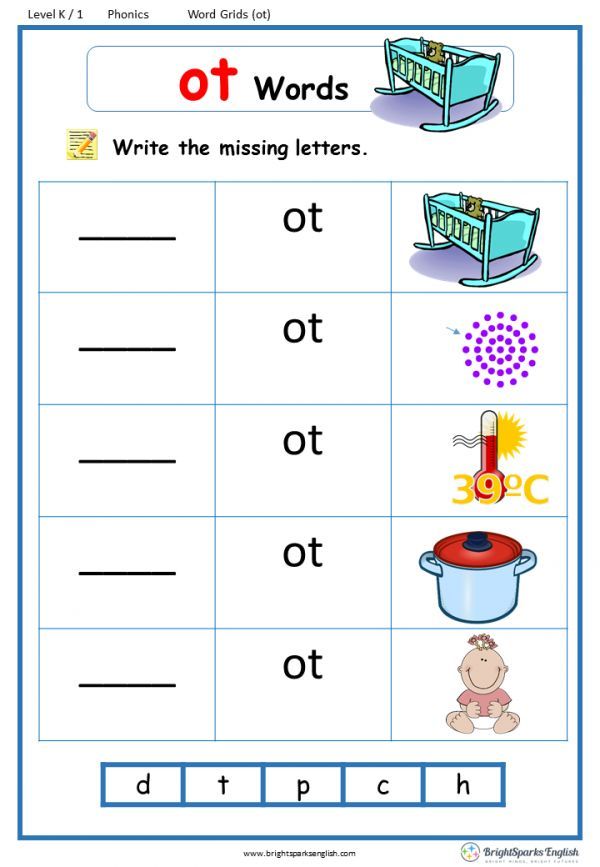
Also it is useful to use reading to form strong pronunciation skills poems using different intonation shades. As shows experience, pronunciation skill cannot remain unchanged, so it is important not only to maintain the formed skills, but also to continue them improve at the middle and senior stages of education.
Rhymes .
[ai]
My kite is white;
My kite is light,
And it can fly
High in the sky.
[f], [s]
She sells seashells on the seashore.
The shells she sells are seashells, I am sure.
2. Rhymes as a means of developing phonetic skills in younger students
Effective means of mastering phonetic material is memorization tongue twisters, rhymes, dialogues, excerpts from prose. I would like to talk about one of these means - rhymes, since it is them that I will use to development of pronunciation in children.
Phonetic aspect of teaching children English speech is difficult for younger children to learn schoolchildren. How to explain to students the articulation of English sounds? How to make the learning process interesting and as close to real as possible communication? How to teach children the correct pronunciation from an early age? Practice has shown that children perfectly imitate the speech of the teacher, therefore teachers isolated those sounds of the English language, analogies to which not in Russian: [ŋ], [ə], [Ө], [w].
How to explain to students the articulation of English sounds? How to make the learning process interesting and as close to real as possible communication? How to teach children the correct pronunciation from an early age? Practice has shown that children perfectly imitate the speech of the teacher, therefore teachers isolated those sounds of the English language, analogies to which not in Russian: [ŋ], [ə], [Ө], [w].
Tongue twisters, poems, dialogues are fertile material used in teaching. His can be used in all classes, teaching the art of parable, illustrating your thought. Their use in the practice of teaching English, will undoubtedly contribute to a better mastery of this subject, expanding knowledge about the language, vocabulary and features of its functioning.
Formation pronunciation skills from the first lessons should go in real communication or mimic those conditions as closely as possible. In other words, students should “not to prepare for speech, as provided for by oral introductory courses, but to begin learning right away.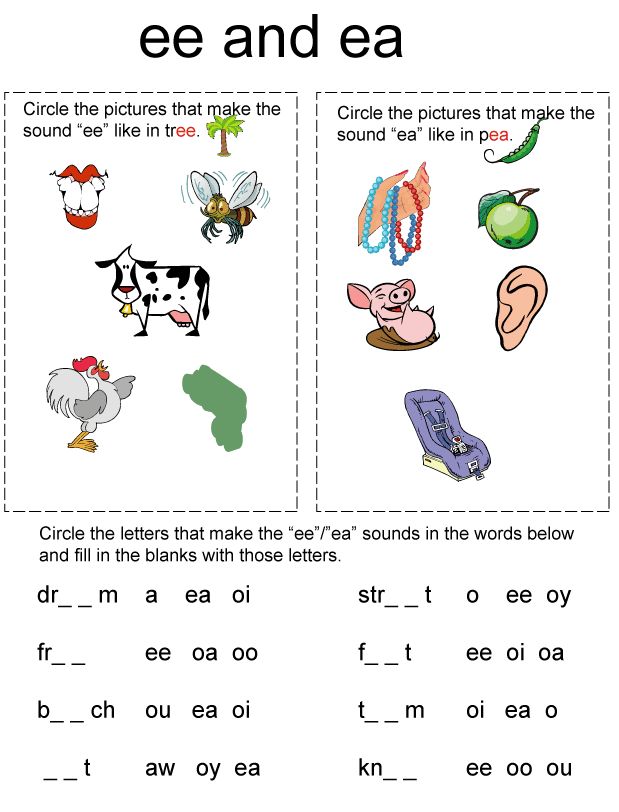 Create a real environment in the lesson, introduce an element of the game into the process of mastering the sound side of foreign speech will help rhymes. Except Moreover, they (rhymes) are firmly entrenched in memory. They are easier to remember different consonances, rhymes and rhythms.
Create a real environment in the lesson, introduce an element of the game into the process of mastering the sound side of foreign speech will help rhymes. Except Moreover, they (rhymes) are firmly entrenched in memory. They are easier to remember different consonances, rhymes and rhythms.
Rhymes can be used when introducing new phonetic material
and during its repetition, as well as during phonetic exercises. At the initial stage rhymes can be used to process the sound side of speech. Lesson usually begins with phonetic charging, where rhymes are very often included. They serve as a kind of recreation for children. Rhymes help to improve pronunciation individual difficult consonants, especially those that are absent in Russian language. Instead of individual words and phrases containing a particular sound, you can offer specially selected rhymes to the class. Then during two or three lessons, the rhyme is repeated, the pronunciation of the sound is corrected. This type of work can be included in the lesson at its different stages, it serves a kind of relaxation for students.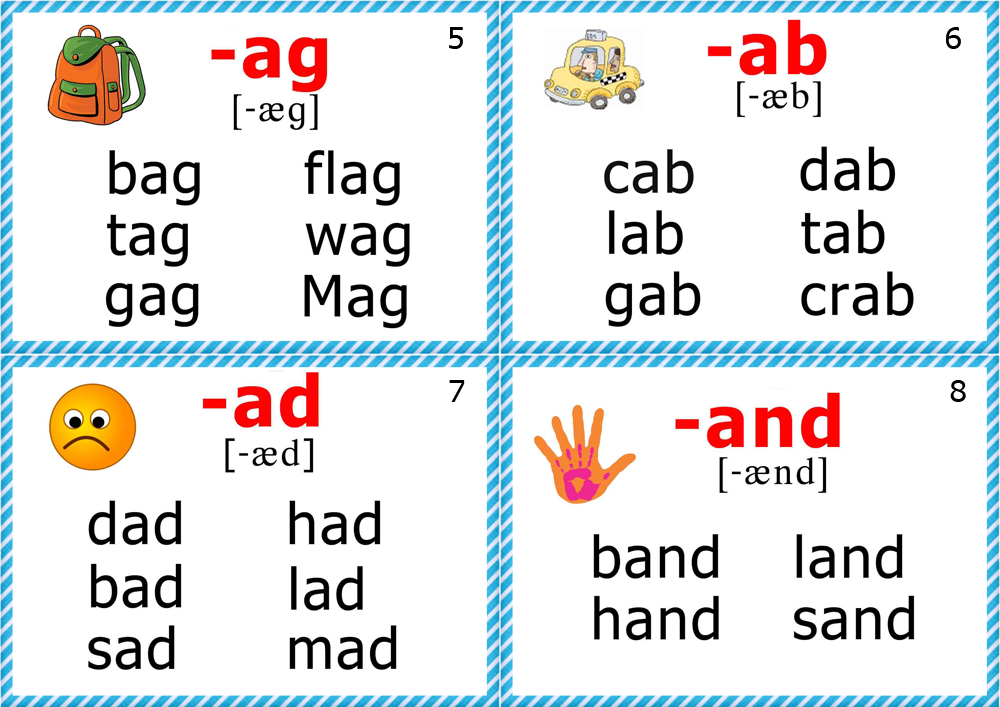 Rhymes are selected according to what sound is being processed.
Rhymes are selected according to what sound is being processed.
Possible suggest, for example, such rhymes for practicing the sound [ð]:
This is my mother,
This is my father,
This is my sister,
This is my brother,
This is my uncle,
This is my aunt Lily,
This is my cousin,
And this is me.
For example, rhyming for working with sounds [w], [v]:
William always wears a very warm wollen vest in winter, Victor however will never wear wollen underwear even in the wild west.
Rhymes are also used instead of individual words and phrases that contain studied phonetic material:
[ai]
My kite is white;
My kite is light,
And it can fly
High in the sky.
[f], [s]
She sells seashells on the seashore.
The shells she sells are seashells, I am sure.
So, rhymes are one of the methodological techniques for better memorization of lexical units and grammatical structures. They are well remembered by children, organically are included in speech. Rhymes help younger students learn a foreign language quickly language and learn new material more deeply.
They are well remembered by children, organically are included in speech. Rhymes help younger students learn a foreign language quickly language and learn new material more deeply.
Used literature
1. General methodology for teaching foreign languages in high school / ed. A.A. Mirolyubova, I.V. Rakhmanova and others - M .: Education, 1996.
2. Arakin V.D. Methods of teaching English in grades VIII-X. – M.: Academy of Pedagogical Sciences of the RSFSR, 1958.
3. Reformatsky A.A. Introduction to Linguistics: Textbook for High Schools. – M.: Aspect Press, 2002.
4. Methods of working on a practical course in English: Methodological guide / Arakin V.D., Kirillova E.P. and etc.; Ed. V.D. Arakina - M .: Higher School, 1984.
5. Kochergina V.A. Introduction to linguistics. Fundamentals of phonetics - phonology. Grammar: Textbook. - M.: Publishing House of Moscow State University, 1991.
6. Stronin M.F. Educational games in the English lesson.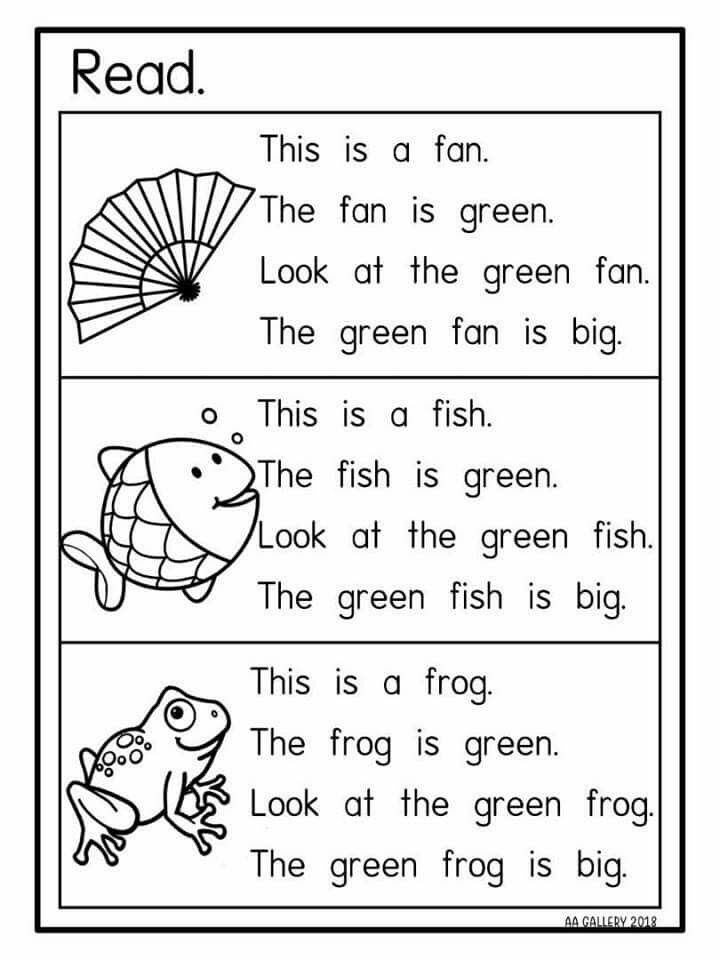 A guide for the teacher. - M.: Education, 1984.
A guide for the teacher. - M.: Education, 1984.
7. Demyanenko M.Ya., Lazarenko K.A. etc. Fundamentals of the general methodology of teaching foreign languages. Theoretical course. - Publishing Association "Vishcha School", 1976.
8. Tarasyuk N.A. Foreign language for schoolchildren: Communication lessons. – M.: Flinta: The science. 1999.
9. Mikhalchuk V.A., Lisenko M.V. Practical phonetics of the English language. Modifications English consonants in connected speech. St. Petersburg: Publishing House "Knizhny Mir", 2001.
10. Galatenko N.A. English transcription. Study guide with exercises and keys. - M.: "Os-89", 2001.
11. Protasova E.Yu. Children and languages. Toolkit. - M .: Innovation Center in Pedagogy, 1998.
12. Foreign languages at school. No. 1, 1994, p. 8-16; No. 5, 1994, p. 10-16; No. 2. 1998, With. 59-60; No. 2, 1974.
13. Galskova N.D. Modern methods of teaching foreign languages. Benefit for teachers. - M., 2000.